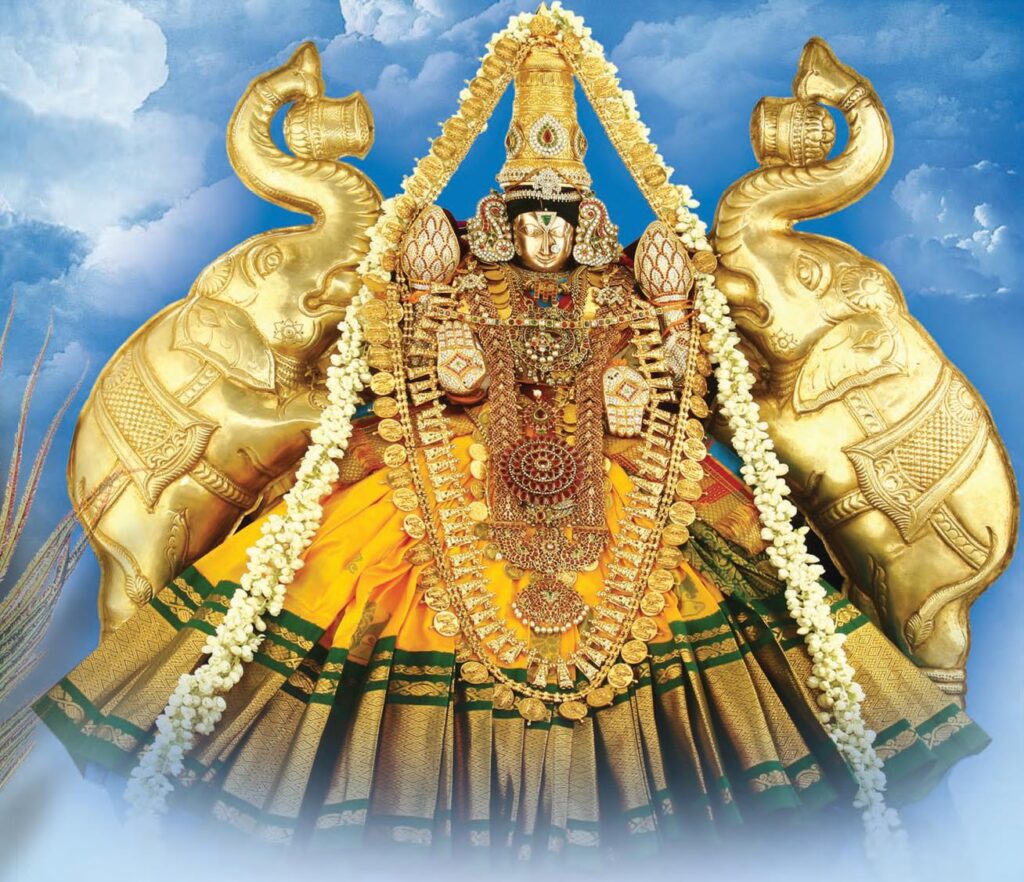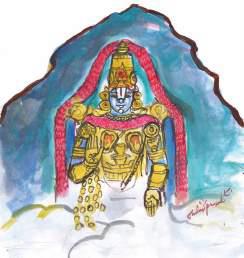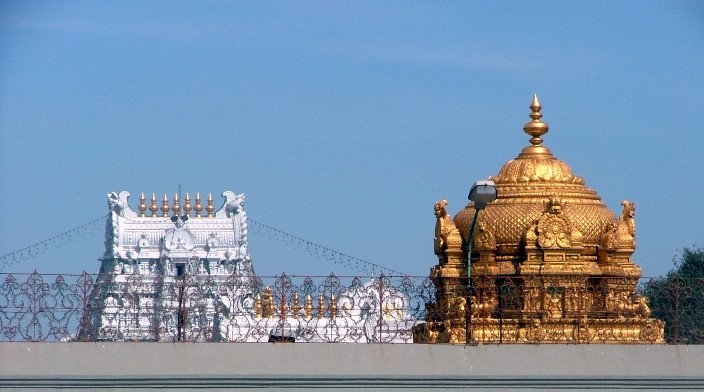Goddess Mahalakshmi – Alamelu Manga – Holy Pond – Miracle of Padma Sarovara In the ancient holy land of Bharata Khanda, there were regions, which were famous by the names of kingdoms called Chappannar. There were 56 countries. Once upon a time, it was called Kambojadesam, named after the king Kamboja. But, over time, it Read More
Tag: Narayanadri
In these Holy Mountains, there are Seven Hills called – Seshadri, Garudadri, Venkatadri, Narayanadri, Vrishabhadri, Vrishadri and Anjanadri. Hence, this Shrine is called SAPTHAGIRI. Lord Srinivasa invokes His Divine Blessings, as the Protector of all His devotees.
AdiVaraha Kshetra (Tirumala)
AdiVaraha Kshetram It is essential to know the names of the Seven Hills – Seshadri, Neeladri, Garudadri, Anjanadri, Vrushabadri, Narayanadri, and Venkatadri – that is the abode of Lord Venkateswara, the famous Kaliyuga Avatara of Sri Mahavishnu, who descended from the Vaikunta to protect his devotees. He is the world-famous and richest god and is Read More
Various Names of Venkatachalam
4 Names of Venkatachalam Bhavishyottara Purana gives the four names of Venkatachalam. It was mentioned there that for the same hill, different names were given in each Yuga respectively- in Krita Yuga, it was called ‘Vrishabhachalam’, in Treta Yuga it was called ‘Anjanaachalam’, in DwaparaYuga it was called ‘Seshachalam’ and in Kali Yuga, it is Read More
The Grandeur of Tirumala Hills
Tirumala Hills Tirumala Hills are popularly known as the abode of Lord Sri Venkateswara. These hills are known as Kaliyuga Vaikuntha bestowing and showering the divine grace of Lord Srinivasa upon the devotees uninterruptedly. The Geographical, Pauranic and Divine significance of these hills earn a perpetually grand place among all the mountains and mountain ranges Read More
Glory of Seven Hills
Let us know the importance and glory of Seven Hills. Five Forms As per our scriptures, Lord Sriman Narayana is worshipped in five forms. PARARUPA The form of the Lord with His Divine Consorts in Sri Vaikuntam, being worshipped by the residents there, namely Nityas (Permanent residents) and Muktas (The Liberated Souls); VYUHA The form Read More
Importance of Tirumala Hills
Tirumala Hills Some temples are situated on the banks of rivers. Some can be seen in the forests. Some others are on the mountain tops and others are in caves. The temple of Sri Venkateswara is in a mountainous forest area. Both the Hill and the river have become sacred on account of Swami’s presence. Read More




